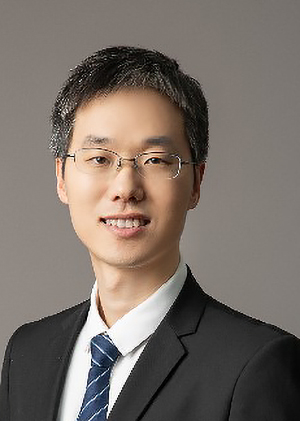USTC Astronomy Colloquium Series: 2022 Spring
A multiwavelength view of HIgh-redshift (proto) clusters
王涛 教授
南京大学
2022/06/21, 4:00pm , 腾讯会议ID:397-727-660

报告人:
Dr. Tao Wang got his Ph. D. from Nanjing University in 2012. He then moved to CEA-Saclay, France for his first post-doc during 2013-2016, and did his second post-doc at Tokyo University, Japan during 2017-2020. He joined Nanjing University as a tenured professor since the beginning of 2021. His main research interests focus on the formation and evolution of galaxies and galaxy clusters, using multi-wavelength observations from the world's most powerful optical, submillimeter and radio telescopes. He has led the discovery of a significant population of high-redshift massive galaxies that are invisible in the optical and holds the record for discovering the most distant X-ray galaxy cluster known to date.摘要:
As the largest gravitationally bound structures in the Universe, galaxy clusters play an important role in both galaxy formation and cosmology. They are also ideal laboratories for astrophysics due to their extreme physical conditions and complex interactions between different components, During the last decade, major efforts have been made to push the study of these massive beasts to the early universe, revealing a significant population of galaxy clusters and their progenitors, the so-called 'protoclusters’, at z > 2. In this talk, I will summarize main properties of these high-z (proto)clusters based on multiwavelength observations and discuss how they bring new insights into our understanding of galaxy and cluster formation. I will also introduce our recently approved IRAM-NOEMA large program ``NICE', which will enlarge significantly current samples of high-z (proto)clusters and enable a more complete view of structure formation in the early Universe. Great potential with CSST and SKA in studying high-z clusters will also be discussed.  邮编:230026 ,
邮编:230026 ,  联系电话: 0551-63601861
联系电话: 0551-63601861 Email:
Email: